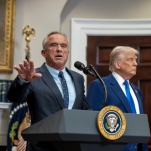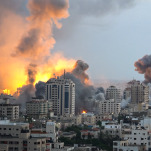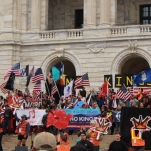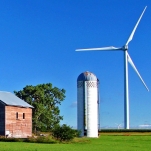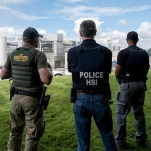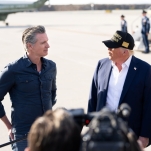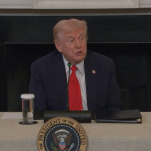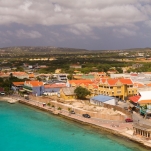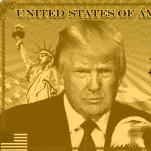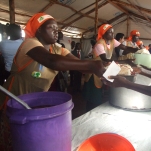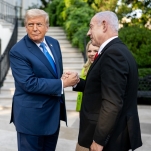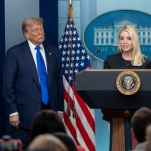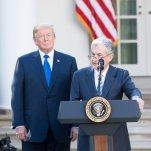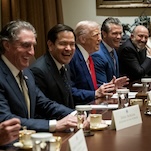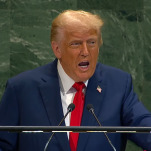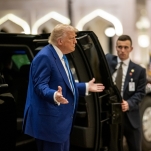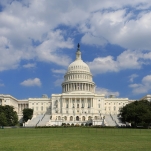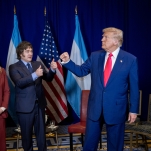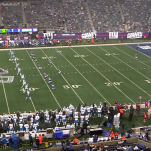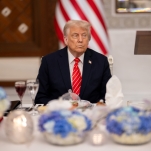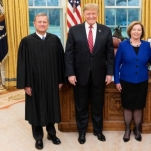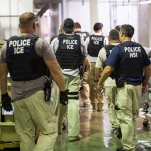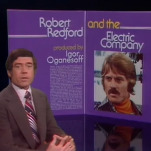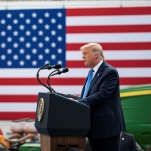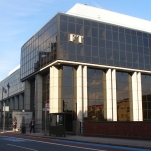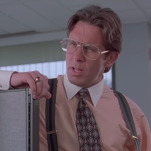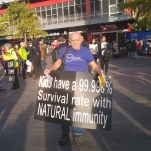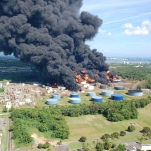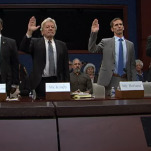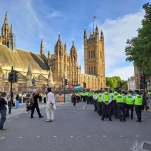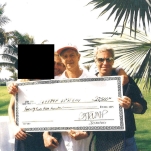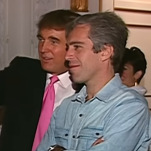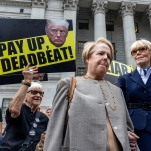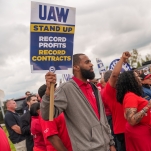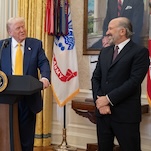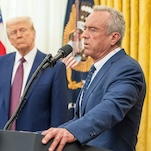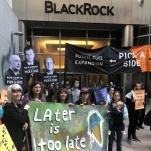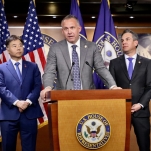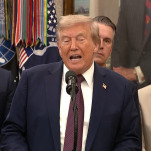The Once Isolated Tribes of the Peruvian Amazon Face Annihilation
Photo by Lynsey Addario/Getty Images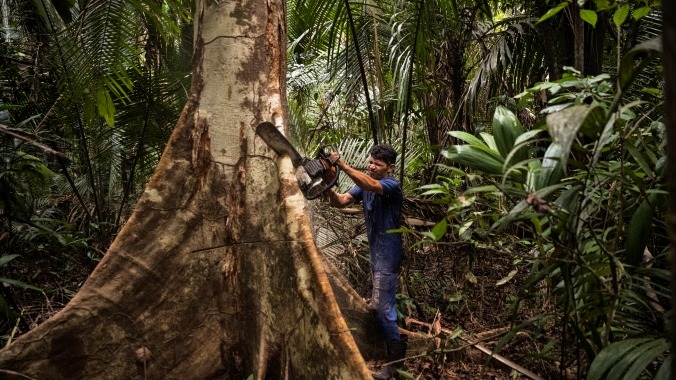
The jungle, I knew, was dangerous. There were animals throughout southwestern Peru’s Manú National Park that could, if push came to shove, tear my face clean off. The Andean spectacled bear in the highlands; the jaguar in the lowlands. The black caiman splayed out along the riversides; the swarms of toothy piranha swimming within. The trees and the forest floor wriggled with deadly snakes, while even the smaller critters — the spiders and the frogs — had it in them to pack a poisonous punch.
It was entirely conceivable that, during a six-day ecotour of Manú at the end of June, our small group might encounter one type of deadly beast or another. This was the Peruvian Amazon, and, even though we were being led by a profoundly knowledgeable and competent guide, there was peril to a trip like this. Yet, of all the species I knew were out there, unseen in the growth, there was only one I found genuinely unsettling to ponder: humans.
There are, according to estimates by the London-based human rights organization Survival International, at least 20 so-called “uncontacted” tribes — or aislados, as they’re known in Spanish — living in the Peruvian Amazon today, while others roam the rainforests of Brazil, Colombia, Ecuador, Bolivia, Venezuela and Paraguay. These aislados live traditional, generally nomadic lives, voluntarily preferring to remain isolated in the jungle than to be absorbed into what we call “civilization.”
Today’s aislados are believed to be the descendants of Indigenous peoples who, amid the so-called “rubber boom” of the late 19th and early 20th centuries, fled into the deepest, most remote parts of the Amazon to escape the brutalities brought by outsiders. This was a period in which technologies such as the automobile were becoming increasingly ubiquitous throughout the industrialized West, so the demand for rubber was surging. There was a great fortune to be made from tapping it.
Waves of immigrants poured into the Amazon region, where the rubber tree grew natively, with the most successful of them becoming known as the “rubber barons.” These were people whose success was built upon the most unthinkable cruelty, as, with the use of private armies, they stole land and condemned Indigenous people to slavery, torture and death.
-

-

-

-

-

-

-

-

-

-

-

-

-

-

-

-

-

-

-

-

-

-

-

-

-

-

-

-

-

-

-

-

-

-

-

-

-

-

-

-

-

-

-

-

-

-

-

-

-

-

-

-

-

-

-

-

-

-

-

-

-

-

-

-

-

-

-

-

-

-

-

-

-

-

-

-

-

-

-

-

-

-

-

-

-

-

-

-

-

-

-

-

-

-

-

-

-

-

-

-

-

-

-

-

-

-

-

-


